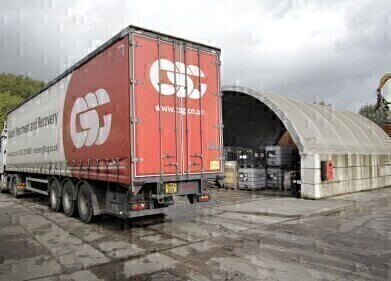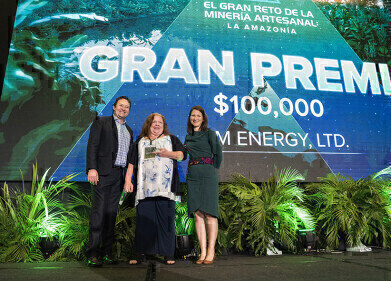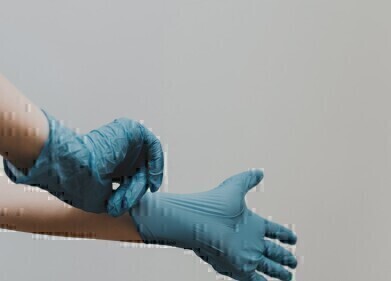Hazardous Waste
US Department of Energy Develops Sustainable Way to Recycle Rare Earth Materials
Aug 17 2015
In an attempt to undermine the monopoly which China has traditionally maintained upon the market price of lanthanides (rare-earth materials used to make the magnets found in phones, computers and other forms of gadgetry), the US Department of Energy (DOE) has developed a more sustainable method of recycling such rare earths from electronic waste.
Lanthanides are an invaluable material which often end up on the scrap heap when obsolete or unwanted electronic products are thrown out. They are used in all sorts of devices, from mobile phones to industrial size separators – for evidence of one such use, check out the article New Separators for Non-Ferrous and Ferrous Metal Recovery.
Previous Recycling Methods not Sustainable
Up until now, harvesting these precious rare earth materials has been a tricky business. Pyrometallurgical methods have been traditionally used to heat the electronic waste to temperatures sufficient to separate out the lanthanides – but involve a huge investment of energy which makes them both expensive and inefficient.
Meanwhile, acids have often been used to dissolve the e-waste before a selection of solvents are used to extricate the desired rare-earths. This process, however, involves the creation of much undesirable hazardous chemical substances and isn’t even 100% effective in separating the lanthanides from other metallic components, such as iron.
In order to overcome the obstacles of these insufficient methods, a team from Oak Ridge National Library in Tennessee led by Ramesh Bhave have pioneered a new technique. Taking inspiration from a method developed in the 1980s to extract organic compounds from aqueous solutions, Bhave and his colleagues mixed traditional methods of solvent removal with membrane separation techniques.
A One-Step Solution
Using a feed solution made from acid-digested magnets, the researchers were able to isolate lanthanides such as dysprosium, praseodymium and neodymium. Their device resembles an eight-legged straw contraption made from hollow fibre polypropylene membranes.
Each membrane is covered with tiny microscopic porous holes, the outside of which are coated with an extractant uniquely designed to target rare earths. The feed solution is pumped through the straws, with the pressure of the pump ensuring that the extractant doesn’t enter the straw but does attract the lanthanides.
Outside of the straws, an acidic stripping solution captures the lanthanides which have been drawn to the pores and isolates them, making them available for recovery. Bhave believes this method would generate anywhere between 20% and 30% less chemical waste than previous techniques, giving the process an environmentally-friendly advantage.
Furthermore, the technique is also more efficient than current methods. Tests have shown that it is capable of removing and capturing up to 90% of the rare earth materials from samples – completely free of impurities such iron or boron – meaning that they can be recycled and reused immediately without any further treatment.
Obviously, such a technique would be desirable for the amount of waste it would cut down on and for the expense it would save. While still in its infancy, the future looks promising for Bhave and his team’s project.
Events
IWA World Water Congress & Exhibition
Aug 11 2024 Toronto, Canada
Aug 25 2024 Stockholm, Sweden and online
Sep 03 2024 Mexico City, Mexico
Sep 03 2024 Mexico City, Mexico
Sep 03 2024 San Diego, CA, USA














